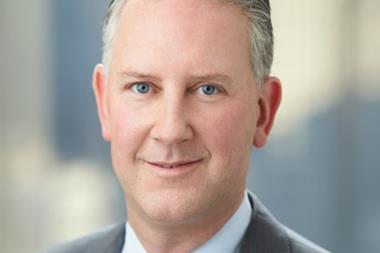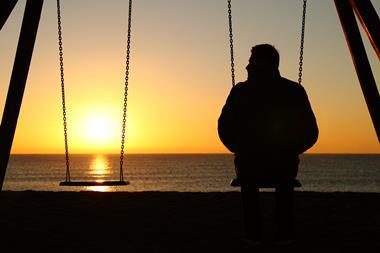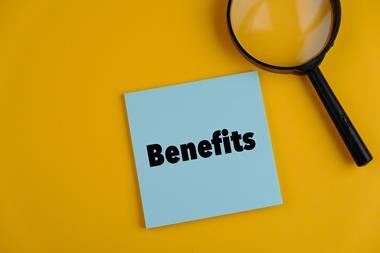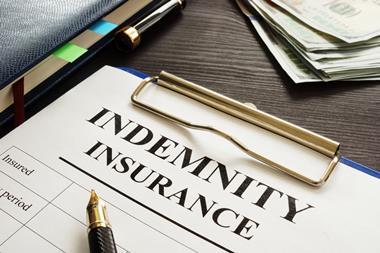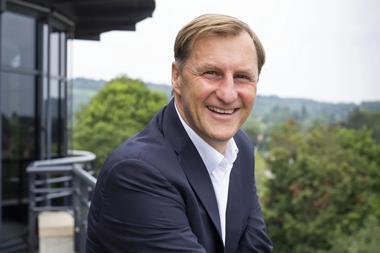I am writing this late on September 12, the day after the disaster in New York. Everyone will have seen the horrific pictures of the damage wreaked by the terrorists and I am sure you can imagine not only the physical devastation, but also the enormous sense of loss that we are feeling. Many of us will know people who died in the buildings, and our hearts and prayers go out to those people and their relatives.
From our own point of view, we were extremely fortunate that no one from the company I work for, Cunningham Lindsay, nor any of their immediate families, were caught up in the collapse of the towers.
However, the general infrastructure has been badly interrupted. Manhattan has been closed down, subways have been shut or services reduced and trains in and out of the area have been severely curtailed.
All day, the city has been unusually quiet, with the exception of the sirens wailing from the emergency services. All roads below 14th Street in Manhattan have been closed to vehicles and this is extended to pedestrians anywhere near the financial district.
While the remainder of Manhattan is not closed, it has been strongly suggested by Mayor Giuliani that people should stay at home and not come into the city. We believe some of these restrictions are being slowly lifted, although there is little sign that vehicle access below 14th Street will be allowed in the immediate future.
My colleague, Stuart Devine, and I were able to gain access to the restricted zone with some ex-police officers this afternoon, where we witnessed the carnage at first hand. Words cannot describe the devastation and I will not try to do so. Suffice to say that, while Stuart and I have both seen the aftermath of several hurricanes, earthquakes and other violence around the world, nothing could have prepared us for this disaster.
While we were watching the emergency services removing debris in their attempts to find survivors, panic set in that a further building at One Liberty Plaza (where we had been on the 6th floor one hour earlier) was collapsing. We were all moved back several blocks, although we have subsequently established that this was a false alarm.
The whole financial district is covered by a thick layer of dust, like in the aftermath of a volcanic eruption.
It will be several days before any part of this area is re-occupied. There are major problems with the power services to this part of Manhattan and telecommunications have been severely affected, since all major companies used the antennae on top of the Twin Towers.
Sunday, September 16
We are now into day six after the cowardly attack on the US and we are still finding it difficult to come to terms with what has happened. Everyone in the city has been affected, having lost relatives, friends and acquaintances, and the toll on the inhabitants of Manhattan and surrounding areas cannot easily be imagined. TV and radio stations continue to show little, if any, news other than reports on the aftermath of the attacks and major events have been postponed or cancelled.
The emergency services have been incredible in their attempts to recover survivors, working ceaselessly 24 hours a day. They have so far managed to remove some 28,000 tonnes of debris, with the use of 2,800 trucks. However, the Twin Towers comprised more than 1.2 million tonnes of steel, concrete and glass – an enormous task.
No survivors have been pulled from the wreckage for four days and only five people have been recovered alive. As it stands, more than 180 people are confirmed dead and more than 5,000 are listed as missing. Throughout Manhattan, street lamps, bus shelters, telephone kiosks and any spare walls or hoardings are being used as billboards, with photographs and details of missing persons, together with contact information for their families and friends.
In spite of this, the spirit of New Yorkers, and indeed all Americans, has not been bowed or broken. The generosity shown in the giving of blood, food and clothing has been amazing. We hope to move towards normality over the next few days, although many problems remain.
The Holland and Battery Tunnels, as well as the Brooklyn Bridge, are all closed until further notice. Roads below Canal Street (1km north of the World Trade Centre) remain closed to private vehicles. Subways running through the financial district have also been badly affected. Dust and debris are affecting the air conditioning systems, as well as the ingress of dust into the buildings themselves. This could create a possible health risk, in addition to the damage to property.
It doesn't seem there will be too much structural damage to buildings more than a couple of blocks away from the World Trade Center. However, even those that are undamaged will have access problems for a considerable time.
From Cunningham Lindsey's perspective, our office is beginning to return to some kind of normality, although it will take us a long time to return to the point where we were before the disaster. However, we now have to turn our minds to assisting our clients and their clients and so we are gearing up to ensure we have sufficient resources to manage and control this.
Hosted by comedian and actor Tom Allen, 34 Gold, 23 Silver and 22 Bronze awards were handed out across an amazing 34 categories recognising brilliance and innovation right across the breadth of UK general insurance.





































